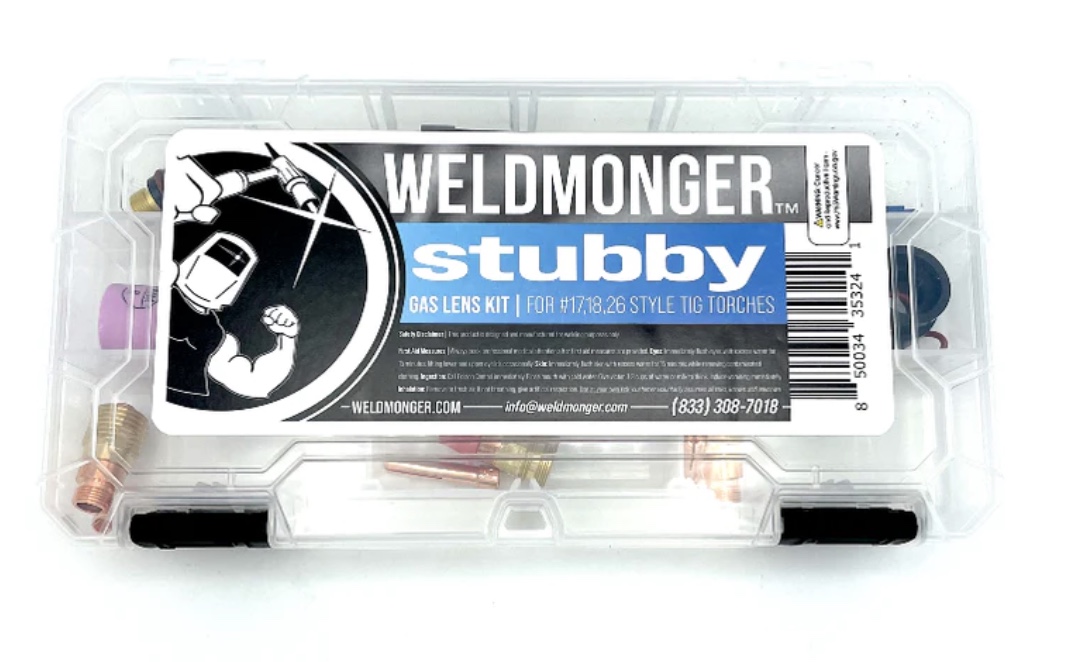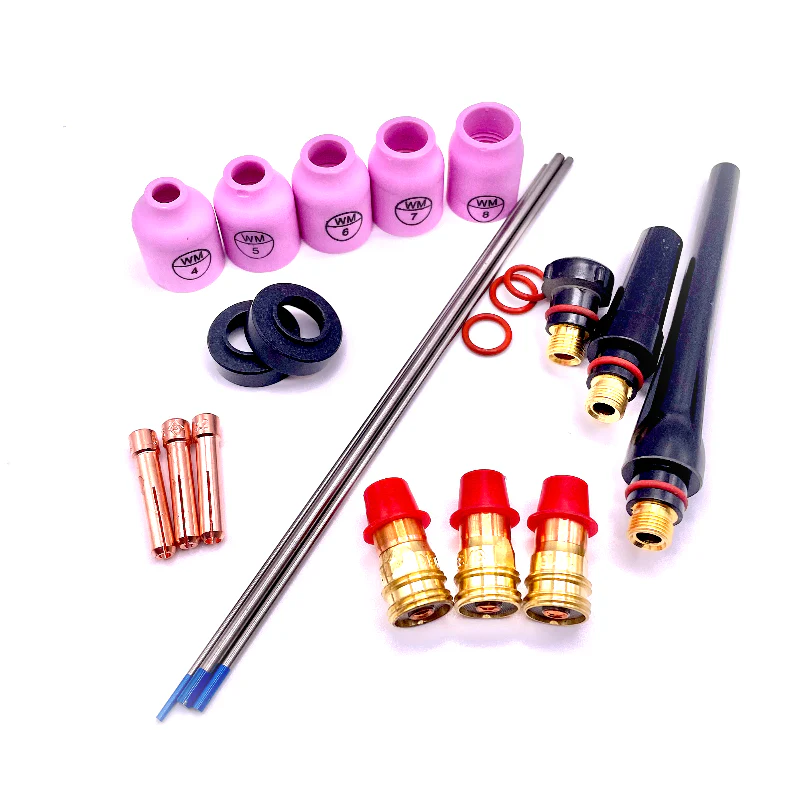How to weld cast aluminum
Tig welding dirty cast aluminum can be challenging because of dirt, oil, and other contaminants. However, with the right preparation and technique, it is still possible to achieve satisfactory results. Here's a general guide on how to weld dirty cast aluminum:
- Safety First: Make sure you have the appropriate safety gear, including welding gloves, helmet, and protective clothing, to shield yourself from sparks and UV radiation.
- Clean the Surface: Before welding, you are going to need to use a carbide burr to groove out any cracks. Sometimes you can use a grinding wheel if you have access but even then you will get a cleaner weld if you follow up with a carbide burr to remove any grit embedded by the grinding wheel. Follow up with a wire brush or a wire wheel attachment and clean around the edge so that you wont pull trash into the weld.
- Preheat the Aluminum: Preheating the aluminum can help eliminate moisture and any remaining contaminants that are difficult to remove. Heat the area to be welded with a propane torch or an oxy-acetylene torch until it reaches a temperature of around 200 degrees Fahrenheit
- Choose the Right Filler Material: Select a filler material specifically designed for welding cast aluminum. Typically, a silicon-based filler rod is recommended because most aluminum castings are also silicon based. 4043 works pretty well and is readily available but 4047 flows easier and can really help prevent porosity.
- Shielding Gas: argon will usually work ok but a mixture of argon and helium can help.
- Welding Technique: When tig welding cast aluminum, set ac balance for more cleaning and let the cleaning action of the arc work before melting the base metal. Play the arc a bit at a low enough amperage to clean the surface without melting and then add just enough amperage to flow the weld.
TIG welding dirty cast aluminum can be more challenging compared to welding clean aluminum. But going to the effort to clean it as much as possible helps.
For oil soaked castings, sometimes you might even need to weld a layer and then completely remove it once or even twice before proceeding to bring oil to the surface and remove it. After doing this, usually the area usually will start to weld clean enough to get the job done.
Filler metal (TIG rod) for tig welding cast aluminum
The choice of TIG rod depends on the specific aluminum alloy being welded and the desired properties of the weld .
The most commonly used aluminum silicon alloy, also known as Al-Si alloy, is typically referred to as A356. A356 is a cast aluminum alloy that consists of approximately 90% aluminum and 7% silicon, along with small amounts of other elements such as magnesium, iron, and copper. This alloy offers a good combination of strength, castability, and heat resistance, making it widely used in various industries, including automotive, aerospace, and general engineering.
There are 2 commonly used TIG rod options for TIG welding A356 cast aluminum:
- ER4043: This is one of the most widely used TIG rod alloys for welding cast aluminum. It is suitable for welding many cast aluminum alloys and provides good fluidity and penetration. ER4043 offers excellent corrosion resistance and is generally considered a versatile choice.
- ER4047: This TIG rod is specifically formulated for welding cast aluminum alloys. It has a higher silicon content, which helps to reduce hot cracking and improve weld fluidity. ER4047 is often used for repairing or joining cast aluminum parts.

















